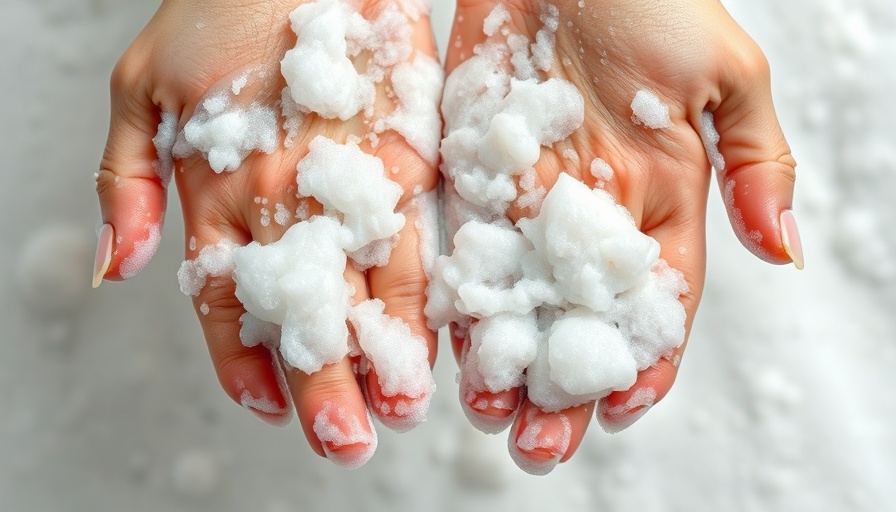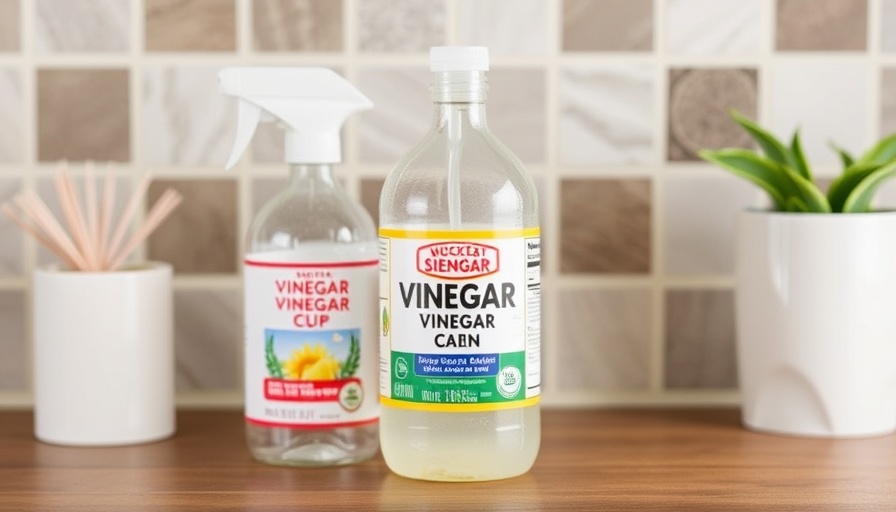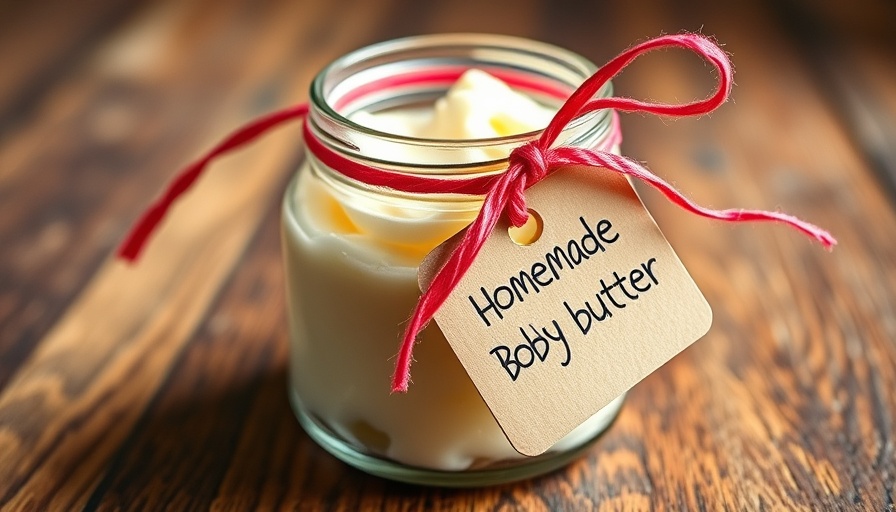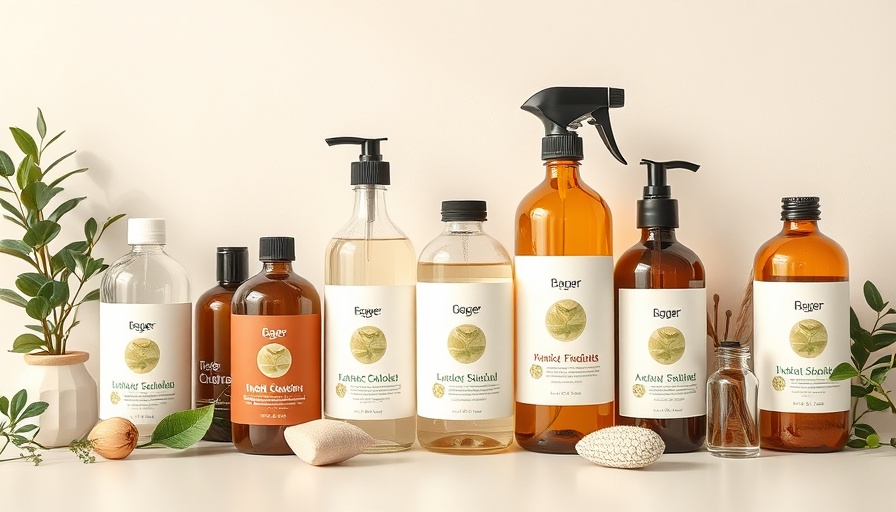
Unmasking Harmful Ingredients in Personal Care Products
Every day, we trust personal care products to keep us looking and feeling our best. However, a closer look at the ingredient labels of our beloved shampoos, deodorants, and creams reveals a troubling truth: many contain ingredients that can pose serious health risks. It's essential to understand these toxic components to safeguard our wellbeing.
Why Safety in Personal Care Matters
Numerous studies, including one from the Environmental Working Group (EWG), have indicated a staggering correlation between personal care products and exposure to harmful chemicals. Shockingly, U.S. consumers encounter an average of two ingredients linked to cancer on a daily basis through these products. This alarming statistic underscores a pressing need for awareness, particularly as the beauty industry largely self-regulates its ingredients. While some chemicals are necessary for product efficacy, distinguishing between safe and potentially harmful elements is paramount.
The 12 Toxic Ingredients to Avoid
Understanding which ingredients are harmful is crucial for making more informed choices about the products we apply to our skin. This knowledge will empower individuals to seek safer alternatives. According to the insights gathered, the following are twelve toxic ingredients to be wary of in personal care products:
- Parabens: Commonly used as preservatives, parabens can disrupt hormone function and have been linked to reproductive issues.
- Phthalates: Often found in fragrances, these chemicals can affect reproductive health and fetal development.
- Formaldehyde: This known irritant and possible carcinogen is frequently used in nail products and hair treatments.
- Triclosan: Primarily used in antibacterial products, triclosan can disrupt thyroid function and has been linked to antibiotic resistance.
- Fragrance: A catch-all term, fragrance can contain numerous undisclosed chemicals, many of which can irritate skin and respiratory systems.
- Lead: This heavy metal can seep into products, especially lipstick, and pose a serious risk when absorbed through the skin.
- Sodium Lauryl Sulfate (SLS): A common foaming agent that can cause skin irritation and exacerbate allergies.
- Petroleum by-products: Often used in moisturizers, these can block pores and lead to skin problems.
- Ethylene Oxide: Used for sterilization, this carcinogen can be harmful when encountered in personal care routines.
- Oxybenzone: Commonly found in sunscreens, this ingredient has been shown to disrupt hormones and is harmful to coral reefs.
- Siloxanes: Found in hair and face products, these can impair reproductive health and should be avoided.
- Coal Tar: Often used in dandruff shampoos, it has been classified as a probable human carcinogen.
Making Informed Choices: A Step Toward Wellness
Understanding the dangers of these ingredients prompts us to reconsider how we care for our bodies. It doesn’t require an expert’s knowledge in chemistry to choose safer products; instead, a little research and mindful shopping will make a significant difference in everyday health. By prioritizing non-toxic personal care items, consumers contribute to a broader movement towards healthier living.
What It Means for Your Health
Choosing to ditch toxic ingredients isn't just about personal health; it's also about making informed decisions for the environment and future generations. By pushing for safer product regulations and minimizing harmful chemical exposures, individuals can advocate for a healthier planet.
Are you ready to take your personal care routine to the next level? Now that you know what to avoid, start exploring cleaner, safer alternatives! Not only will your body thank you, but you’ll also be part of a growing community that values health and wellness for all.
 Add Row
Add Row  Add
Add 




Write A Comment